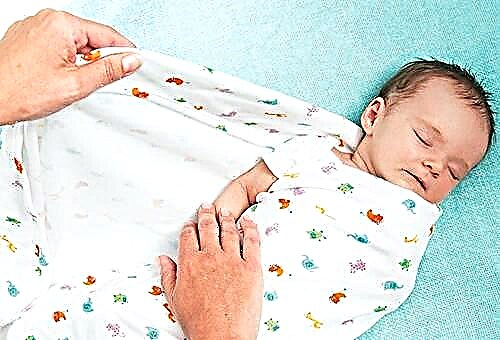
Jaundice is a common condition in newborns. It appears on the second or third day of life in about 50% of babies who were born on time. In premature babies, this condition is even more common - in about 70-80% of cases.

Why does physiological jaundice occur?
This condition is associated with an increase in the level of a pigment called bilirubin. It appears in the baby's blood due to the breakdown of fetal hemoglobin, which after childbirth becomes unnecessary for the baby.
Bilirubin circulating in the blood of a toddler is toxic, which is the main danger. At very high concentrations, it is capable of penetrating the central nervous system and causing serious disturbances in its work.
The liver is engaged in the neutralization of such bilirubin, which is called indirect. In it, the pigment binds to other compounds, which makes it soluble in water. After such binding, bilirubin enters the intestines, as well as into the urine and is excreted from the body of the crumbs. It should be noted that in a newborn baby, the liver still does not cope well with its functions, and in the intestine, part of the bilirubin is reabsorbed, which also causes a long-term increase in the level of this pigment in the blood.
Most babies tolerate such jaundice well and parents and doctors judge the presence of elevated bilirubin in the blood only by the icteric color of the skin. By doing a blood test, you can make sure your bilirubin levels are not high enough to damage your brain. In such cases, no treatment is needed, and the jaundice goes away on its own over time.

When physiological jaundice goes away
After increasing for several days, the yellowness begins to decrease. In full-term babies, the skin returns to its normal color by 10-14 days of life. In premature babies, due to the greater immaturity of the liver, the level of bilirubin decreases more slowly, so physiological jaundice may take longer. Usually, in these babies, the jaundice disappears by three weeks of age, but it can persist longer.
What to do if the jaundice does not pass on time
If the baby is already 3 weeks or 1 month old, and the yellowness of the skin persists, you should show the baby to the pediatrician. The doctor will examine and refer the baby for a blood test, after which he will decide if the child needs any treatment. You also need to seek medical help if:
- The yellowness was gone, but then the child turned yellow again.
- The skin has a greenish tint.
- The color of the stool and urine has changed.
- The child's health worsened

What methods are used to reduce bilirubin
To get rid of the jaundice of newborns faster helps:
- Frequent breastfeeding. It is especially important for the baby to receive colostrum, as it will facilitate faster excretion of meconium, which is rich in bilirubin. Feeding should be frequent and not stop at night.
- Phototherapy. It is prescribed for high bilirubin levels. The baby is kept under special ultraviolet lamps. Under the influence of their light, bilirubin becomes water-soluble and is excreted faster.
- Outdoor walks and air baths.




